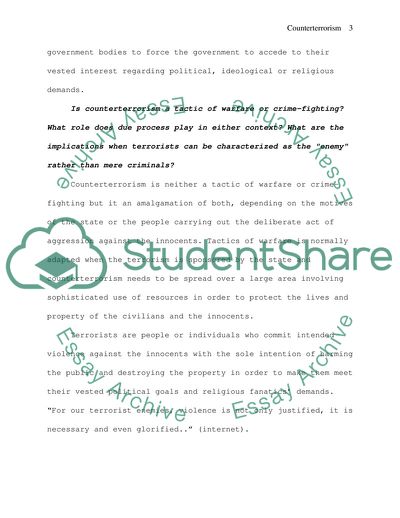Cite this document
(General Motives Among Terrorists Assignment Example | Topics and Well Written Essays - 1446 words, n.d.)
General Motives Among Terrorists Assignment Example | Topics and Well Written Essays - 1446 words. https://studentshare.org/military/1710060-counter-terrorism
General Motives Among Terrorists Assignment Example | Topics and Well Written Essays - 1446 words. https://studentshare.org/military/1710060-counter-terrorism
(General Motives Among Terrorists Assignment Example | Topics and Well Written Essays - 1446 Words)
General Motives Among Terrorists Assignment Example | Topics and Well Written Essays - 1446 Words. https://studentshare.org/military/1710060-counter-terrorism.
General Motives Among Terrorists Assignment Example | Topics and Well Written Essays - 1446 Words. https://studentshare.org/military/1710060-counter-terrorism.
“General Motives Among Terrorists Assignment Example | Topics and Well Written Essays - 1446 Words”. https://studentshare.org/military/1710060-counter-terrorism.


